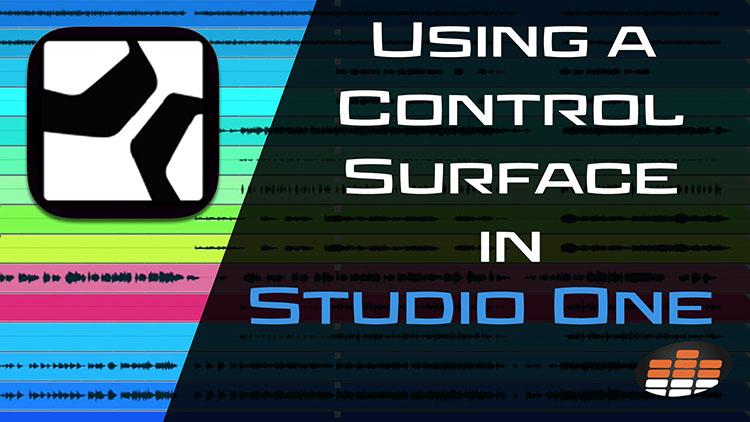Carlo Libertini is a Melodyne audio editing specialist with Music Marketing Inc. of North America. He’s also an audio production engineer with twenty years’ experience, and performs trainings, demonstrations, and services for top studios and institutions across the country.
In between production responsibilities he conducts online training seminars, collaborative production meetings, software demonstrations, and video tutorials.
Carlo is Pro Mix Academy’s resident Studio One expert, too! Here he explains how to use a control surface.
What is a control surface?
A control surface is a really cool piece of hardware that gives you tactile faders, buttons, and/or knobs to operate different software parameters.
It’s a physical extension of the software itself, harkening back to the analogue days when everything was done on a console and with hardware compressors, EQs, and more!
The PreSonus FaderPort is a USB controller giving you the advantage of having something physical to operate your DAW. This is especially useful for things like automation, allowing you to ride a fader like you would on a console.
It’s also important to make a distinction between an audio interface and a control surface. A control surface does not provide system I/O like an interface does—it’s only a controller.
If you feel like having some physical command over Studio One software, you can’t go wrong with the PreSonus FaderPort control surface!





